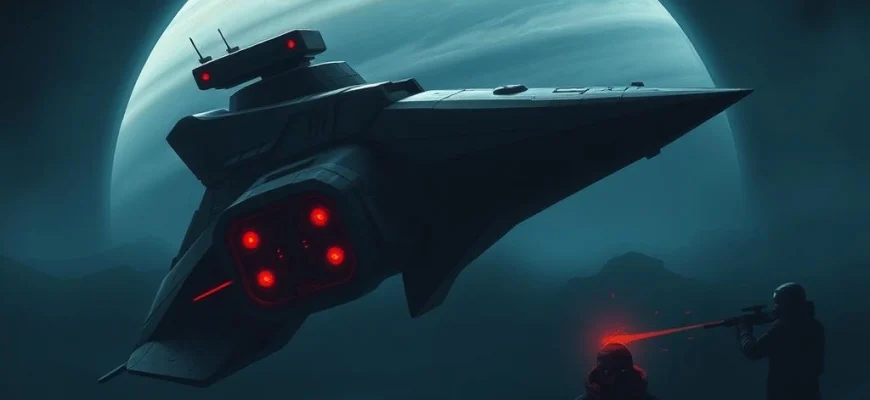If you were captivated by the gripping realism and suspense of 'Europa Report' (2013), a found-footage sci-fi thriller about a doomed mission to Jupiter's moon, you'll love these 10 similar movies and shows. This article explores films and series that share its tense atmosphere, scientific intrigue, and space exploration themes, perfect for fans of cerebral sci-fi.
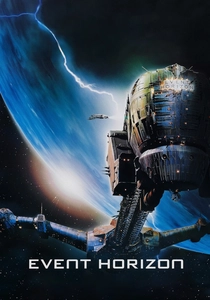
Event Horizon (1997)
Description: A chilling blend of sci-fi and horror, following a rescue crew investigating a mysterious spaceship. The film's dark, atmospheric tone and exploration of psychological terror in space make it a standout in the genre.
Fact: The film's original cut was much longer and more graphic, but it was heavily edited down before release, with many scenes lost or destroyed.
 Watch Now
Watch Now 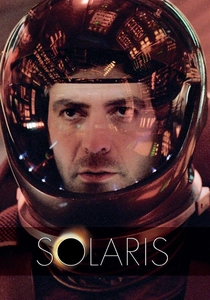
Solaris (2002)
Description: A meditative and visually striking exploration of human consciousness and alien contact. The film's slow pace and philosophical undertones create a deeply introspective experience, much like other thought-provoking space dramas.
Fact: The film is a remake of the 1972 Soviet film of the same name, both based on the novel by Stanisław Lem.
 Watch Now
Watch Now 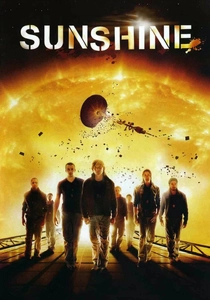
Sunshine (2007)
Description: A gripping tale of a mission to reignite the dying sun, blending hard science fiction with existential dread. The film's visual style and emphasis on the psychological toll of space travel align closely with other cerebral space dramas.
Fact: The film's scientific advisor was Dr. Brian Cox, a renowned physicist, ensuring the depiction of the sun was as accurate as possible.
 Watch Now
Watch Now 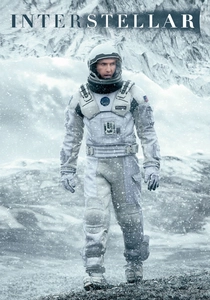
Interstellar (2014)
Description: An epic journey through space and time, exploring themes of love, sacrifice, and the unknown. The film's grand scale and emotional depth, combined with its scientific rigor, echo the profound questions posed by other space exploration stories.
Fact: The black hole in the film, named Gargantua, was rendered using equations provided by physicist Kip Thorne, resulting in the first accurate visualization of a black hole.
 Watch Now
Watch Now 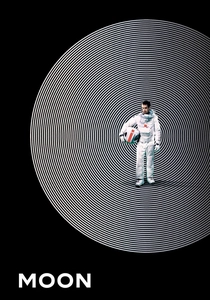
Moon (2009)
Description: A psychological sci-fi thriller set in space, focusing on isolation and the ethical dilemmas of space exploration. The film's minimalist setting and deep character study mirror the tension and introspection found in similar space narratives.
Fact: The film was shot in just 33 days, and its production design was heavily inspired by classic sci-fi films of the 1970s.
 Watch Now
Watch Now 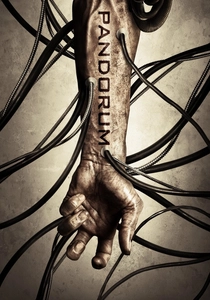
Pandorum (2009)
Description: A psychological horror film set on a derelict spaceship, delving into paranoia and survival. The film's dark, confined setting and its exploration of human psyche under extreme stress resonate with other intense space thrillers.
Fact: The film's title refers to a fictional psychological disorder caused by deep-space travel, adding a unique layer to its narrative.
 Watch Now
Watch Now 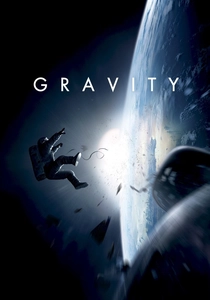
Gravity (2013)
Description: A visually stunning survival story set in the unforgiving void of space, highlighting human vulnerability and resilience. The film's realistic portrayal of zero-gravity and its intense, claustrophobic atmosphere resonate with other space survival tales.
Fact: The film's opening shot is a continuous 13-minute take, a technical marvel that required meticulous planning and execution.
 Watch Now
Watch Now 
Apollo 18 (2011)
Description: A found-footage horror film set during a fictional Apollo mission, blending real-world space history with chilling fiction. The film's use of realism and its eerie, isolated setting create a tense atmosphere similar to other space-based thrillers.
Fact: The film's marketing campaign included a website that claimed to reveal 'declassified' NASA footage, adding to its found-footage authenticity.
 Watch Now
Watch Now 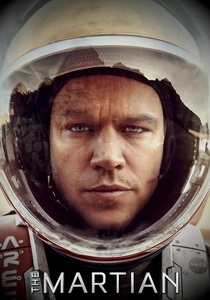
The Martian (2015)
Description: A story of ingenuity and survival on Mars, blending science-heavy problem-solving with human drama. The film's focus on scientific accuracy and the emotional weight of isolation makes it a compelling companion to other space survival narratives.
Fact: NASA consulted on the film to ensure the depiction of Mars and space travel was scientifically plausible.
 Watch Now
Watch Now 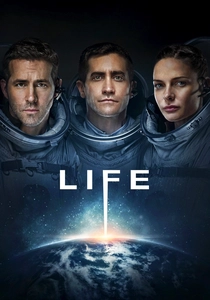
Life (2017)
Description: A terrifying encounter with an alien life form aboard the International Space Station, combining sci-fi and horror. The film's claustrophobic setting and the crew's struggle for survival align with the tension and fear found in other space horror stories.
Fact: The alien in the film, named Calvin, was designed to be a highly adaptable and intelligent organism, making it a uniquely terrifying antagonist.
 Watch Now
Watch Now 
